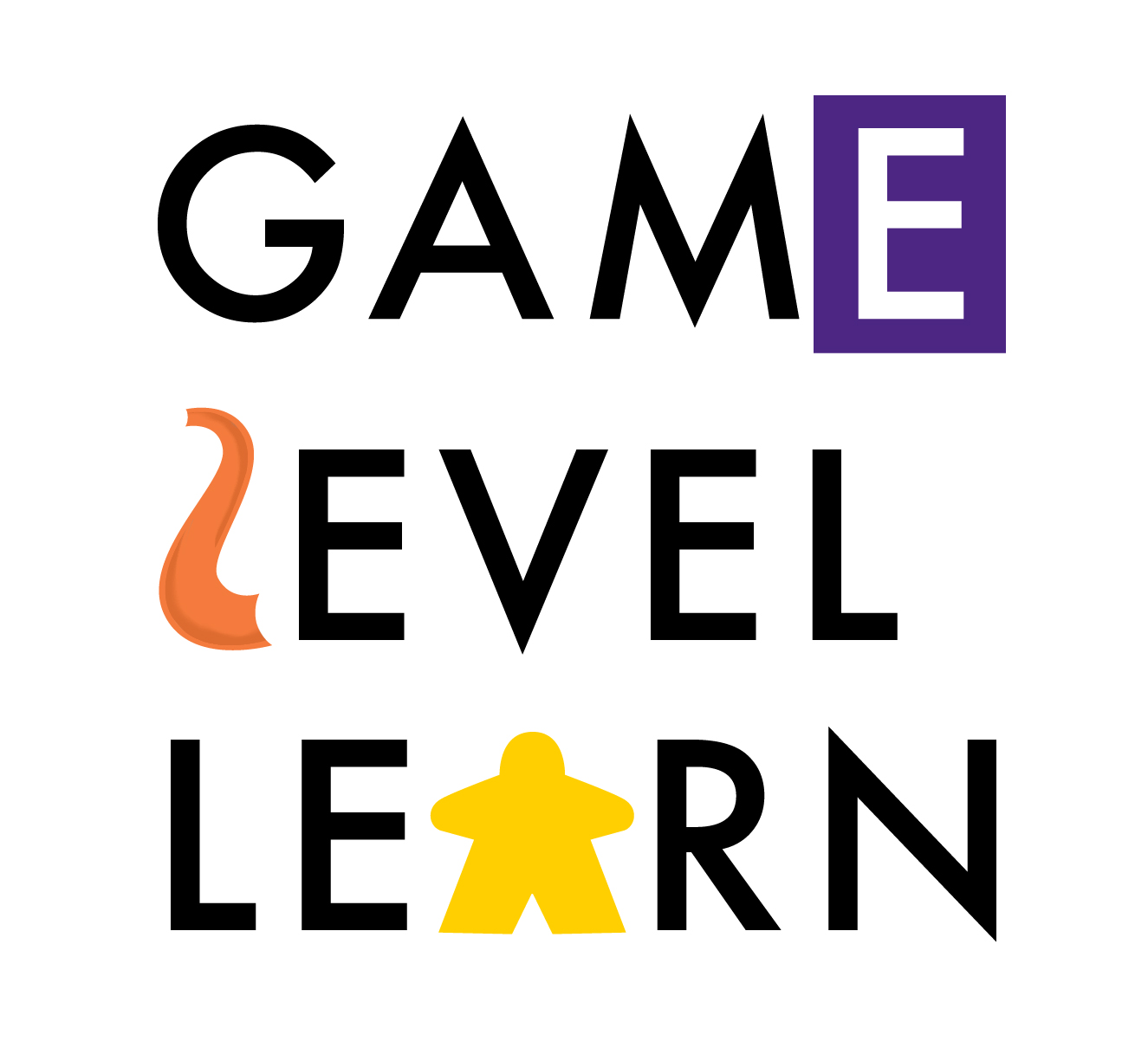This site is a community for gamers, teachers and students to learn from each other and to make games and game-based methods a bigger part of their learning and their work. This section of the site is devoted to teaching practice, lesson plans, ideas, hacks and debate about the bigger questions that center on game-based teaching and learning - in other words, leveling up your teaching!
What follows is a blog post I wrote a while back in which I gave some thought to competition as a concept. It was based on experience I had teaching a fully gamified class and some of the challenges I and my students experienced.
COMPETITION...or, it's time for a little PVP
One of the core notions in game design is competition. What opposes the player? Is it a fearsome boss at the end of the game like in Diablo? Or is it a mental challenge, like in Portal 2? Perhaps what opposes the player isn't at all clear...like in the game Journey, perhaps the opposition doesn't really exist, or is so abstracted, that it might not exist at all.
In the gamified classroom, a big challenge is setting up the systems of opposition and challenge to motivate learners/players and to sustain their motivation/learning. The literature on game design is frequently focused on theory associated with these questions, because we all know what happens when we play games where there is little opposition or challenge. Candy Land, anyone?
A while ago, I emailed with Mark Hendrickson, a former student of mine, about the question of designing competition into learning (he studied this idea in graduate school). In response to a question I wrote asking for his thoughts on the spirit of competition, he wrote:
"...defining the "spirit of competiton" on a sociological level may help: a rivalry between two or more persons or groups for an object desired in common, usually resulting in a victor and a loser. This, of course leads to more questions. How is "object" defined in the classroom? What do students in grade X desire to achieve in the classroom that could result in a friendly rivalry if subdivided into individuals or groups? What kind of rivalry or competition in the classroom would not result in only one side winning?"
In the fall of 2012 I taught a course on the federal election in the United States. I divided the class into an Obama staff and a Romney staff. This gave me a great opportunity to see how well competitive framing encouraged the work of these teams. It was strongly motivating. They did not want to give one speck of ground to the other team.
He then wrote: one of the examples in gaming within the MMORPGs were the boss battles. These boss battles could be done individually or with a team. I think your spirit of competition ideal could spawn from these battles. In other words, what better way to provide competition than defeating a boss, or seeing what individual or team could beat the boss most effectively.
And this is where it gets interesting. In the MMORPG setting, teams of players are opposed by the game itself - the boss is a construct set up by the game designers. I do not know of an MMO that injects a player-versus-player (PVP) element into this kind of encounter. And this is what Mark is suggesting here. Constructing a boss battle that is clearly defined and static, but which two different teams could approach, struggle with and overcome. As the teacher, I would have the opportunity to measure their successes according to a single rubric, but the students would have the opportunity to explore what "effectiveness" would look like in that encounter. He concluded: also, the "random encounters" idea in the other teacher's classroom would be a good place to start. One random day per week, you could divide the students into any number of individual or group combinations. These groups would compete to answer questions in your "modeling" form, and if you chose, winning these random encounters would have no impact on their level or grade. What is the purpose of a random encounter in an RPG? For me, it has been to fight weaker monsters to be able to beat the stronger bosses through stat increases. What is the purpose of a random encounter in a gamified classroom? To apply my current knowledge to be able to effectively challenge and solve a larger issue or problem through confidence increases.
Take a look at that last sentence again. Application of knowledge...this is at the core of great games, gamified learning and game-designed courses. By structuring the student's experience effectively, this would give the student the opportunity to demonstrate mastery of a skill or a content concept. By structuring it like a random encounter, it generates the "spirit of competition" that most of the game literature suggests is critical for successful game-based instruction. It reminds me of the Food Network program "Sweet Genius," in which the contestants are given a baking/candy making challenge and then part way through the challenge, have an additional obstacle put before them in the form of new ingredients that have to be incorporated into the mix.
So, in thinking about the application of knowledge in a competitive framework, what's one thing you might try?



